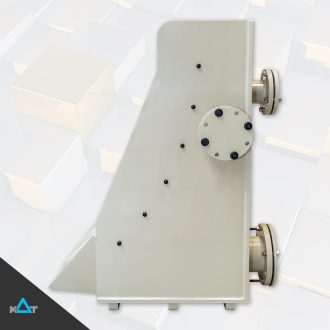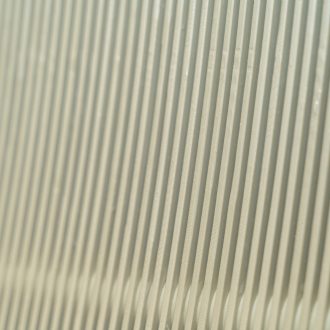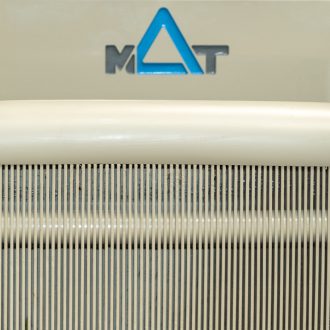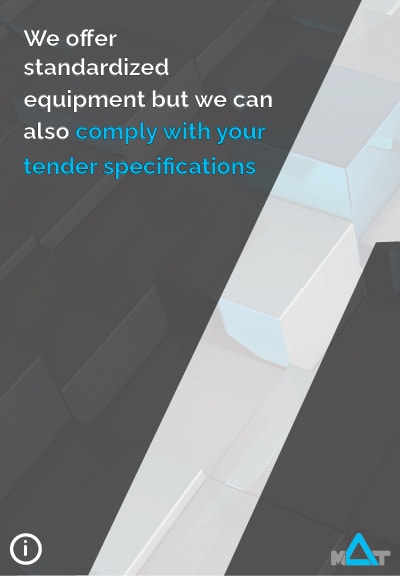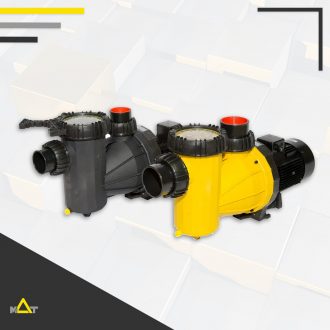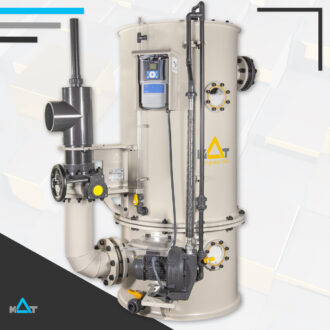What is a Static Screen Filter
The Static Screen filter, known as the static sieve, separates solid and liquid substances within Waste Water Treatment applications. It serves two primary purposes:
- It serves as the initial treatment for wastewater, utilizing a mesh size ranging from 0.5mm to 10mm.
- It is a pre-treatment solution for the solid-liquid waste separation process.
Application of Static Screen Filters
The application is particularly effective in removing thick waste from industries such as paper, textiles, tanning, laundry, canning, milk processing, and slaughterhouses, aquaculture, and food processing facilities among others. The static screen offers a cost-effective solution for the continuous solid-liquid separation process, requiring minimal maintenance and consuming zero energy. Its composition primarily comprises a body and the mesh frame crafted from food and drinking grade non corrosive Polypropylene and Polyethylene.
Pre-Filter, Pre-Treatment Operation
MAT-KULLING Static Screen Filters represent a pre-treatment solution designed to enhance the solid-liquid waste separation process. These sieves employ various mesh screens with varying degrees of fineness, depending on the type and volume of solids to be processed. The primary function is to separate water from the solid particles effectively. Their primary purpose is to eliminate solid contaminants present in the water, preventing clogging and mechanical issues within the facilities.
These devices are characterized by their minimal maintenance requirements and operate continuously without the need for electrical power. In urban wastewater scenarios, they can often replace primary settling tanks, effectively removing coarse sand and up to 30% of grease and residual effluents. Mesh sizes typically range from 0.50 to 0.15 millimeters in these applications.
The effluent requiring treatment is either pumped towards the screen head or delivered under pressure. Following a specific retention period, determined by the filling of the feed inlet box, a smooth laminar overflow takes place, allowing the liquid to effortlessly pass through the mesh filter. During this flow, the liquid traverses the mesh/sieve deck, primarily in its upper portion, while the solid components adhere to the mesh surface, gradually descending until they drop off at the mesh’s bottom. The filtered liquid collects in the low collection tank and is naturally discharged through pipes via gravitational force.
Cleaning of Static Screen Filters
Cleaning of the static screen filter can be accomplished by reverse scanning/cleaning mechanism which is specially designed to clean the front and back of the screen or with high pressure wash. Cleaning of the screen can be accomplished automatically using differential water level sensors or time. The ultra-low power consumption of the unit means operation and cleaning can be powered using solar panels.
Through the use of an elevated structure, this equipment can be positioned at the forefront of the plant, enabling the subsequent treatment phase to proceed without the need for additional pumping.
Options
MAT-KULLING Static Screen Filters Options:
- Sieve Lid/Cover
- Mechanical Manual Sieve/Mesh Cleaning
- Mechanical Auto Sieve/Mesh Cleaning
- Auto wash Sieve/Mesh Cleaning
- Different body and mesh material
- Solid Collection Hooper
Advantages
MAT-KULLING Static Screen Filters usage offers various advantages such as:
- Corrosive free and robust product construction.
- Assembly built to withstand harsh operational conditions and ozone and chemical attacks, ensuring long-lasting operation.
- Combination of a front and back cleaned screen in a single unit (Optional).
- Adjustable Optimized Rinsing System with means of both Water Level Difference and Timer to conserve water (Optional).
- Low cost for maintenance and operation.
- Designed with the ability to provide tailor-made solutions that match each project-specific need.
- Eco-friendly solution with recycled material and low CO2 footprint.



